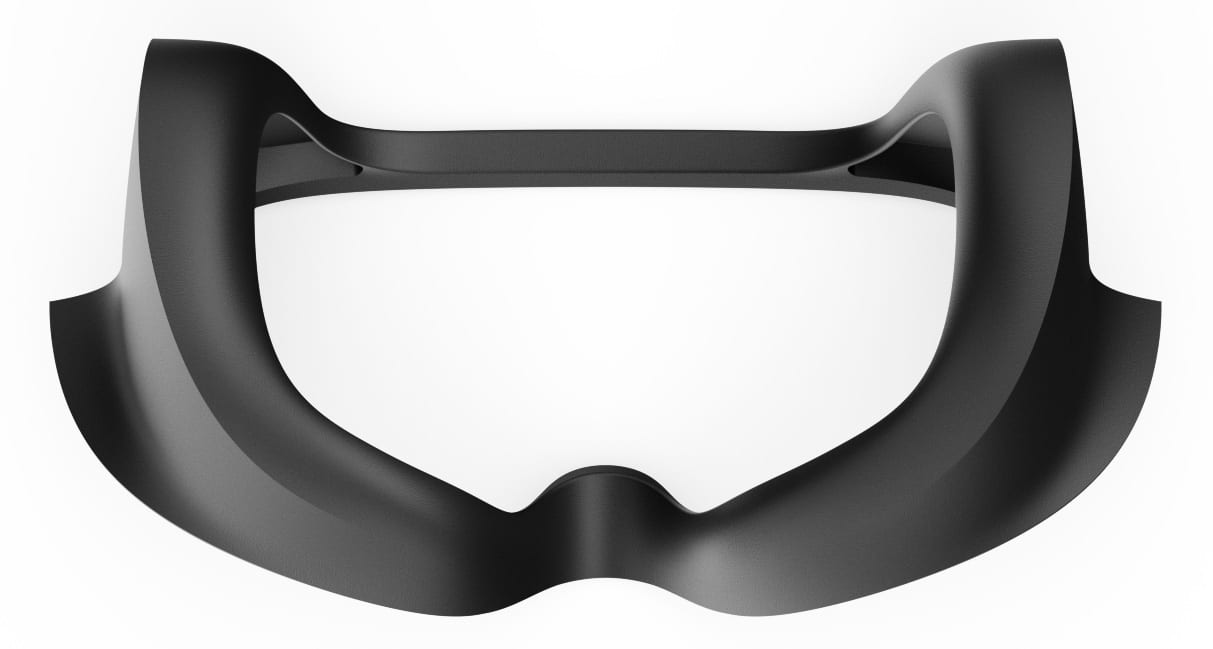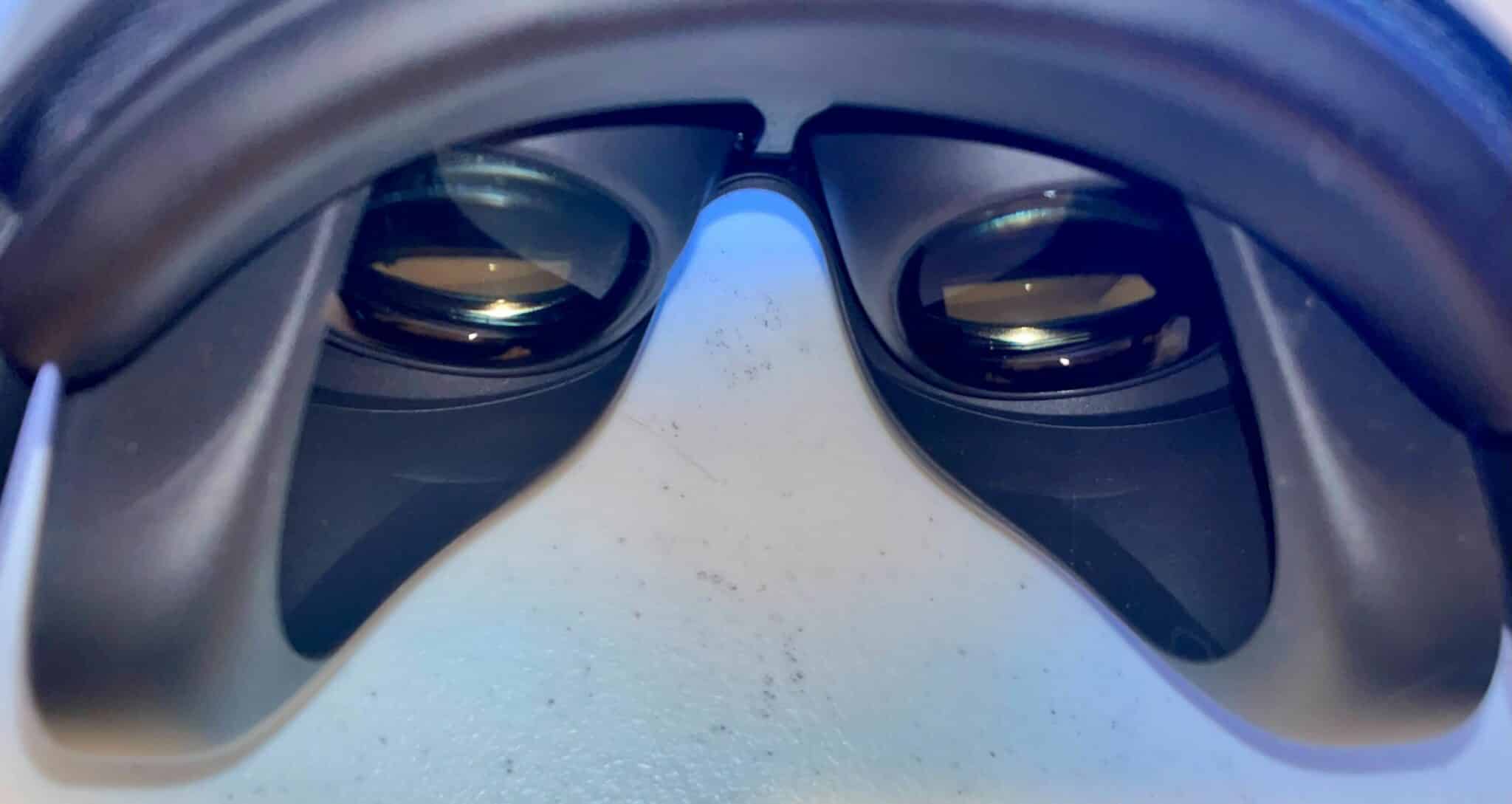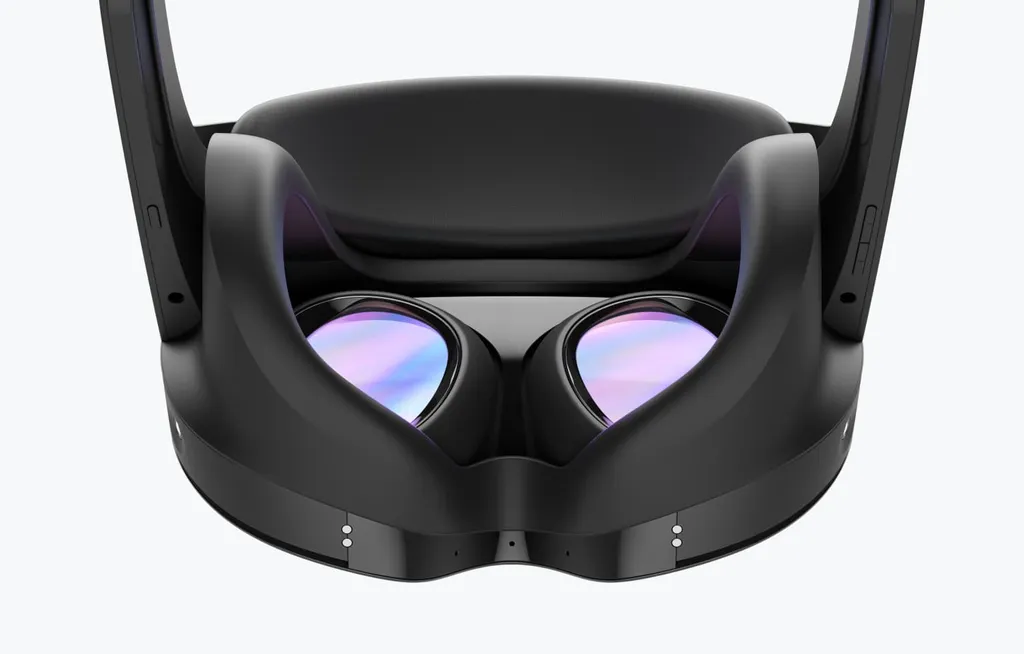Quest Pro’s key accessory for fully immersive VR ships in late November.
Meta revealed the Quest Pro Full Light Blocker accessory arrives starting November 22, with $50 pre-orders available now.

The $1500 Quest Pro headset is Meta’s top-of-the-line standalone headset designed for remote work and mixed reality. It features color passthrough views and ships with partial light blockers in the box that magnetically attach on each side of the headset to block out some light. Quest Pro can be used without the blockers to view the periphery rather than the closed-off tunnel approach on every other currently available consumer VR headset. This approach is what makes Quest Pro a “mixed reality” device rather than a strictly VR headset. The partial light blockers optionally block out the periphery but still allow views downward so you can check out your phone or see your keyboard.
The Quest Pro Full Light Blocker, then, brings back that traditional VR experience to fully block out the outside world for complete focus on virtual content. You can still activate a mixed reality view passed through the color cameras on the headset but that’s optional and both the downward view and periphery are black with Full Light Blocker attached.
While Quest Pro is compatible with all existing Quest Games the approach to moving forward Meta’s platform toward mixed reality comes with notable trade-offs. Developers building for Quest and Quest 2 have assumed full immersion in their VR games due to the current standard. Mixed reality, meanwhile, can keep you aware of people and objects in the same physical room as you. That means straddling two realities rather than completely disappearing into a virtual one. A game like Resident Evil 4 VR, for instance, might be easier to approach if you’re reminded that you’re not alone. But players looking for that isolation to enhance the fear factor, or workers looking to block out their physical environment to focus on their virtual workspace entirely with the $1500 Quest Pro, need something like the $50 Full Light Blocker to have the same fully immersed VR experience as the $400 Quest 2 or Pico 4.

Meta sent us a Full Light Blocker to test and it does indeed fully block out the light — with the exception of the same minor nose gap visible to many people on most other VR headsets. During our brief testing we found the Full Light Blocker might require the headset’s halo strap to be adjusted differently than using the partial light blockers or open sided.
“I don’t know if we’ll do this for all the devices going forward,” Meta CEO Mark Zuckerberg said of the open periphery approach when we spoke to him last month.
It’s worth noting that Quest Pro’s Full Light Blocker needs to be removed before you can charge the headset on its included charging dock. The headset can be charged via USB-C cord instead with the Full Light Blocker attached.
Editor’s Note: Last paragraph added a couple hours after initial publication.





























